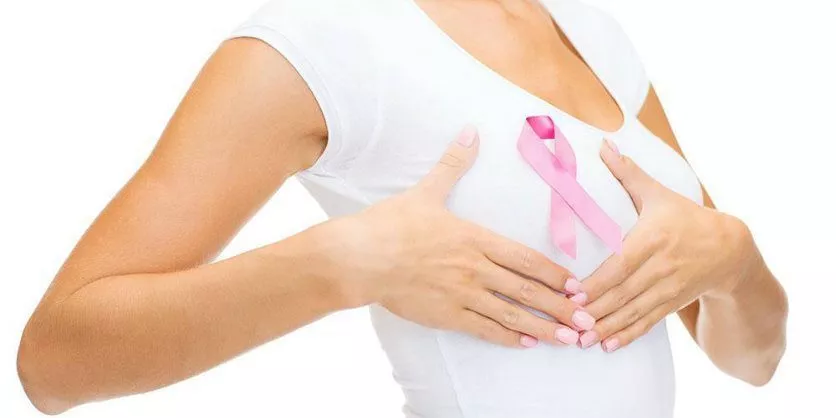Urinary Tract Infection (UTI) is known to be one of the most common infections in children and accounts for 7-8% of febrile infections in children. It upsets the infant, worries the parents, and can cause permanent kidney damage if not assessed and treated optimally. First-time UTI with fever is highest in boys and girls in the first year of life and decreases significantly afterward. The signs, symptoms, and course of infection vary with the age of the child.
Infants and children between 2 months and 2 years of age can experience poor eating, fever, diarrhea, urine with a strong smell, and abdominal pain or irritability. Apart from the above-listed problems, pre-schoolers (2-6yrs) with UTI may have enuresis, urinary symptoms (dysuria, urgency, frequency). School-age children with UTI can develop fever, vomiting, abdominal pain, flank/back pain, strong smell urine, urinary symptoms (like dysuria, urgency, and frequency), enuresis & incontinence.
Regarding the diagnosis of UTI in children 2-24 months, the American Academy of Pediatrics (AAP) criteria are the presence of pyuria (pus cells in urine) and/or bacteriuria on urinalysis with at least 50,000 colony-forming units (CFU) of bacteria per mL of urine in culture. A urinalysis alone is not sufficient to treat UTI. Urinalysis can also help in febrile children with suspected UTI who are awaiting their urine culture.
Urine specimen collection:
A midstream, clean-catch specimen which is the urine sample obtained after passing female mils of urine so that it is not contaminated by the passage of the urine. It can be collected from children who can pass through urine at the command (toilet trained). Suprapubic aspiration (collecting urine directly from the bladder with short needle aspiration) or urethral catheterization with the use of anesthetic lubricating jelly - a tiny is inserted across the urinary passage to collect the urine. It should be used in the infant or child incapable of void on request.
Suprapubic aspiration is one of the method for obtaining urine from the following patients:
Boys with an uncircumcised redundant or tight foreskin.
Girls with tight labial adhesions (fused inner lips of the vagina).
Children of either sex with clinically notable irritation or inflammation around the urinary passage.
Immediate Treatment, Imaging studies & evaluation.
Many babies who have reported UTI will require an effective course of either intravenous or oral antibiotics according to the baby's extent & age. They will need abdomen & KUB ultrasonography to ensure kidney & urinary bladder function is fine. Some children with UTI may have kidney or ureter abnormality or dilation which may point to an underlying problem and require further evaluation. Your doctor will advise the imaging & timing of the imaging study. Seek medical help from Pediatric Urologists in Bangalore or visit Aster CMI Hospital to get the Best Pediatric Urinary Tract Infection Treatment In Bangalore.
Suggestions for ultrasonography of kidney & bladder is as follows:
Febrile UTI in infants who are aged 2-24 months
Late or unsatisfactory response to treatment of a first febrile UTI
Abdominal swelling or abnormal voiding (dribbling of urine)
Recurred febrile UTI after a satisfactory response to treatment
After a first febrile UTI, if renal and bladder ultrasonography indicates hydronephrosis, scarring, obstructive uropathy or if complex medical conditions are related to UTI, it may show voiding cystourethrography (VCUG).
VCUG is suggested after the second episode of febrile UTI. Voiding cystourethrography is a test done to view anatomical aspects of the urinary bladder and urethra. It also gives information about the vesicoureteric reflux (VUR), where urine may go back towards the kidney (anomalous) and stores the urine in the bladder or while the normal passage of urine.
Based on the grade & severity of VUR the treatment should be individualized in each child. It may vary from simple antibiotic prophylaxis to endoscopic injection to an operative method (Your doctor will be able to describe & discuss the test & the treatments in detail).
If your baby has documented VUR in the VCUG test then a DMSA scan is required. This is a nuclear scintigraphy test in which the radioisotope is infused intravenously & multiplanar imaging of the kidney is obtained for the evaluation of kidney damage.
This will assist in deciding the best administration & treatment plan for your child. The VCUG & DMSA tests series can be interchanged by your doctor as per the practice patterns such as the Top-down or bottom-up method, both are universally well-accepted ways to evaluate the baby with UTI.
In boys, circumcision will decrease the UTI & particularly in presence of phimosis.
In both genders, avoidance of constipation with a proper diet with fiber & sufficient toilet training will decrease the chances of UTI. It may help to resolve the underlying VUR spontaneously.
Key Points
Myths about UTI
Get in touch with the Best Urology Hospital in Bangalore, India - Aster CMI Hospital, Hebbal.
UTI in a few children is likely serious & may lead to kidney harm.
Young babies present with non-urinary symptoms & signs.
Requires enough evaluation & proper treatment to prevent kidney injury.
Proper diet with dietary fibre & good bowel practices will help in reducing UTI.
A small proportion of children with UTI may have underlying genitourinary abnormality & may require endoscopic or surgical repair.
Circumcision will reduce the chances of recurrent UTI in boys.
One will not catch UTI by use of school toilets.
UTI is not transmitted by the use of the same washroom.








